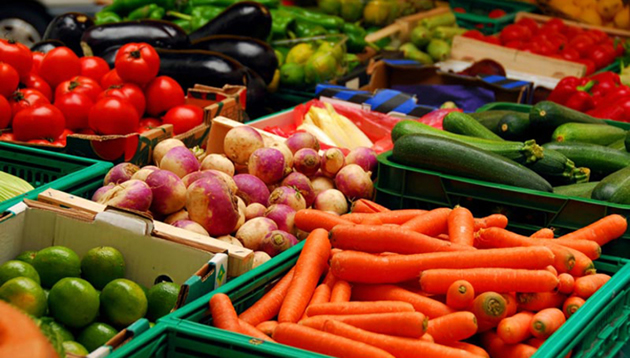Fresh produce exports grow

Business Reporter
ZIMBABWE has recorded massive growth in fresh produce exports to the European Union after the EU imposition of restrictions on fresh products from Kenya over use of banned chemicals.
Kenya is one of Africa’s largest fresh produce exporters and enjoys about 10 percent of the EU market share. It earned about $1 billion from fresh produce exports last year.
Lonrho Logistics, a leading local freight company said the country has recorded “tremendous” increase in export volumes to the EU since May and a plan would be put in place to ensure all local producers are accredited as preferred suppliers to the market.
The company handled about four million kilogrammes of fresh produce between May and August, mostly snow peas and sugar snaps, from about 1,9 million kg the same period last year. The season ends at the end of this month and figures could be much higher.
“Confidence is growing,” Lonrho chairman Mr Edwin Moyo said in an interview.
“We have seen a tremendous improvement in exports to the EU since May this year because Kenyans are not their preferred suppliers (at the moment) because of the use of pest banned by EU.
“So our rating as a country is high and we will soon come up with a plan to ensure that local exporters are properly accredited. We do not want to have cases that will dent our rating.”
The EU set a deadline of September 30 for Kenya to cut the residue chemicals in exports, to comply with the EU’s guidelines, or risk sanctions on exports of its cut flowers, fruit and vegetables, according to some media reports. The sanctions will include closer inspection of Kenyan exports by the EU and may ultimately lead to a ban.
Mr Moyo said there is growing interest among investors interested in the horticultural industry.
According the ZimTrade, exports of fresh leguminous vegetables to the EU rose by 269 percent in the last five years.
It said exports rose from $5,4 million in 2010 to about $20 million last year. While Zimbabwe’s exports significantly increased, the country’s market share remains at just 1,3 percent compared to other African suppliers such as Kenya and Egypt, which command a share of 10 and 4 percent respectively.
During the same period, EU imported beans and peas worth $1 billion, having increased by 35 percent from $780 million, the country’s export promotional body said.
ZimTrade said there is huge scope to increase Zimbabwe’s market share in the EU market given the country’s good climatic conditions, which are conducive for fresh produce. Local companies could also utilise the duty free and quota free access applied to Zimbabwe’s exports to the EU region under the interim Economic Partnership Agreement.
The EU, which comprises 28 member states, is the largest economic bloc in the world with gross domestic product per capita of $27 696 for its strong consumer base of 500 million.
Zimbabwe’s horticultural industry has been on a rebound since 2010 following successive years of recession, which started on the turn of the millennium. Air cargo exports have been rising since 2012 mainly driven by vegetables and flowers. And with the continued growth in exports, Zimbabwe, has started sea freight shipments, Mr Moyo said.
Zimbabwe used to be one of the largest exporters of a wide range of horticultural products in Africa, supplying overseas markets including Europe and the Middle East. For instance, citrus exports peaked in 2001 at 45 000 tonnes, being 60 percent of fresh produce output. Zimbabwe also became a valuable exporter of cut flowers, and by 2001, it was ranked as the second largest in Africa, behind Kenya, second among African, Caribbean and Pacific exporters, and was the fifth biggest exporter to the EU.










Comments